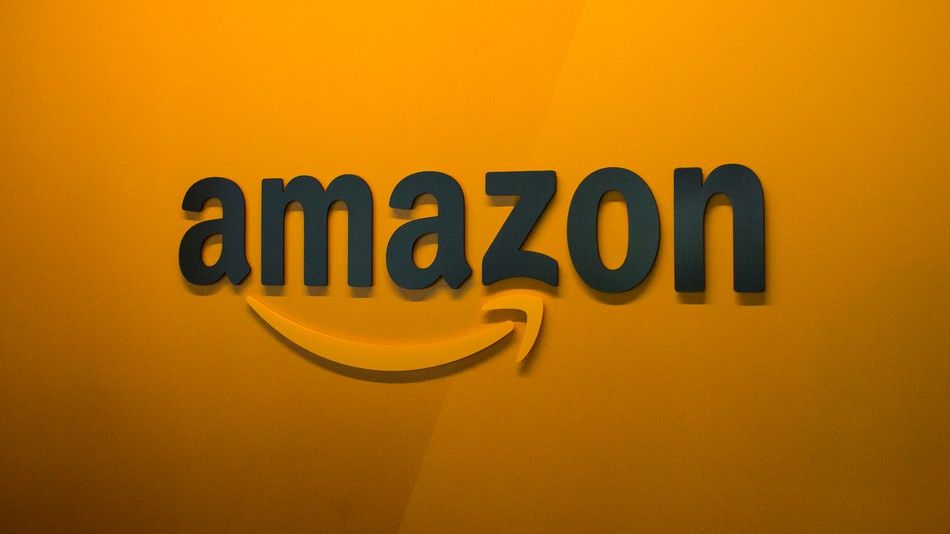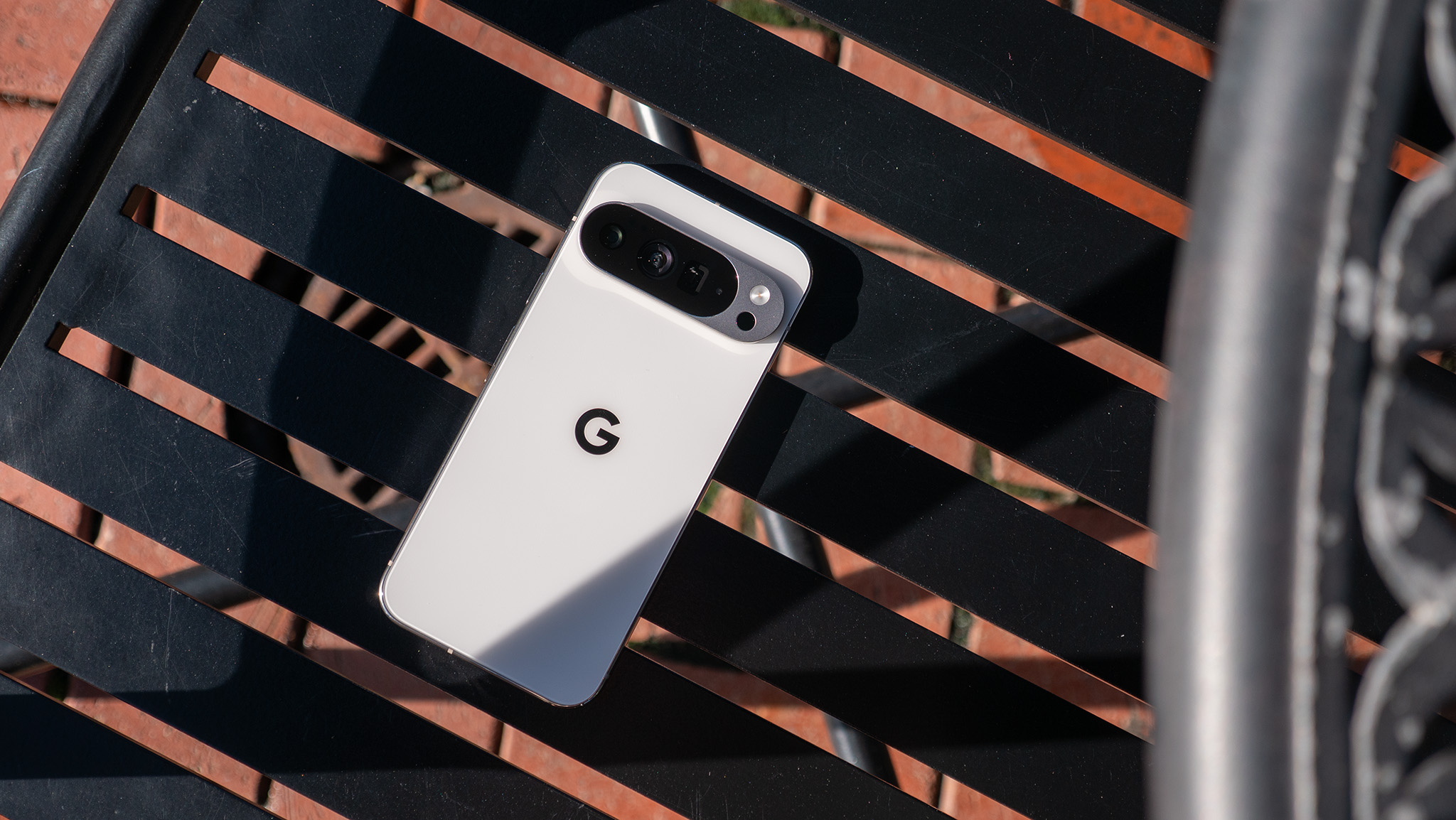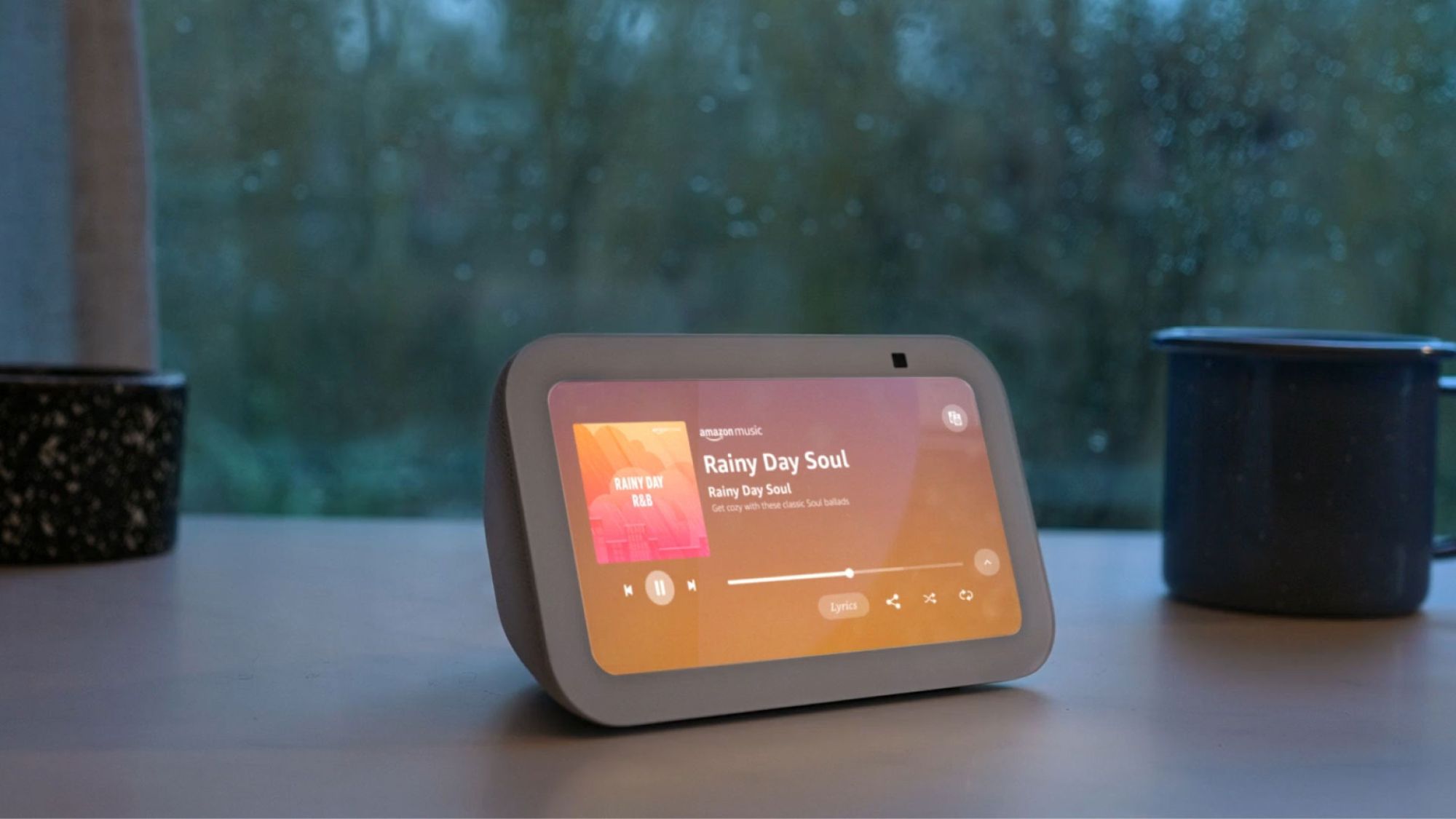
There are plenty of tech products out there. Some are great buys offering excellent value, but others aren't. Most fall somewhere in the middle.
Unless you have the means to buy one of everything, you have to decide if something is the right fit for you. That can be hard; the companies making them will tell you that you need one to make your life complete, people who got a lemon or just didn't like it will say the product is garbage, and reviewers simply can't cover everything.

So many tech products! It can help if you take a breath, a step back, and think about what you really need. We're here to help you do just that!
Often, it's good to take a step back and see what you're going to get inside that pretty package. Was it worth what you paid for it? Will you get enough use from it to justify the purchase? Or maybe you should hold off and see what's coming next.
We can't make those decisions for you, but we can tell you what we think and maybe where you should start your decision-making process.
Amazon is once again having a big site-wide sale. Even if you're not going to be buying, you should have a look.
The Pre-Black Friday Advantage
Another Amazon sale rolls around, flashing limited-time deals across your screen, and you feel that familiar tug-of-war. Part of you wants to dive in, but the pragmatic voice reminds you that Black Friday and Cyber Monday are just around the corner, promising the deepest discounts of the year. If you've decided to hold your wallet tight for the biggest shopping weekend, you might assume you should simply ignore the current sale.
This, however, is a classic shopping mistake. Even if you have zero intention of hitting the "Buy Now" button today, actively browsing Amazon's latest discount event is one of the most effective ways to arm yourself with crucial pricing intelligence for the real holiday shopping spree. Think of the current sale not as a primary purchasing event, but as essential market research—a scouting mission that will save you time and money when the November frenzy hits.

The primary benefit of browsing now is establishing a baseline price. Too often, shoppers dive into Black Friday with only a vague idea of what an item costs.
Retailers are masters of the psychological pricing game, and a big, bold "40% OFF!" sign can easily mask a modest actual discount, especially if the product's price was recently inflated to make the sale look better. You create a tangible point of reference by tracking an item's price during a major pre-holiday sale.
For example, if the noise-cancelling headphones you covet are on sale now for $199, you know that their "normal" price is likely around $250. When Black Friday arrives, if you see them listed at $185, you immediately know it’s a genuinely better deal. If the price is $205, you can confidently hold off, knowing that the "Black Friday Special" is actually a worse offer than the earlier sale.
This is data-driven shopping at its finest, turning you from a passive consumer into an informed deal analyst. Amazon makes its money from being data-driven. You can use the same idea to save yours.

Furthermore, Amazon’s mid-fall sales, like its Prime-centric events, often reveal category-specific pricing trends. Different product types—from Amazon's own devices to phones, accessories, or wearables follow distinct discounting patterns. Amazon devices (like Echos and Fire tablets) are almost guaranteed to see significant drops now, and those prices can often serve as a ceiling for their Black Friday price. By observing this, you can predict with reasonable accuracy which categories will see the deepest cuts next month, allowing you to prioritize your Black Friday shopping list
The current sale also provides an invaluable look at stock and seller behaviour. Are certain popular items already selling out? If a product is consistently unavailable or constantly fluctuating in price, it signals high demand. This is critical information for Black Friday, suggesting you'll need to move fast on that particular item or category, or risk it being gone entirely. Likewise, if you see an obscure third-party seller offering a surprisingly aggressive discount, it can be a harbinger of the competitive environment to come.
I'm old enough to remember the crazy, almost violent, consumer behavior over items like Beanie Babies or the Nintendo 3DS. We buy from home now, so things can sell out even faster.
Finally, browsing now is simply a fantastic way to organize your wish list. The impulse to shop during Black Friday can lead to poor decisions or a frantic, last-minute search. By clicking around now and adding potential purchases to your "Save for Later" list, you streamline your Black Friday experience. You can then quickly compare the November deals against your noted baseline prices without being distracted by the overwhelming chaos of the main shopping weekend.
In the world of holiday shopping, knowledge is power, and data is currency. Don't let the current Amazon sale pass by unexamined. Put in the legwork now, track those prices, and you’ll find that the true value of the early sale isn't in what you buy today, but in the serious savings you’ll unlock when Black Friday officially begins. Your bank account will thank you.







